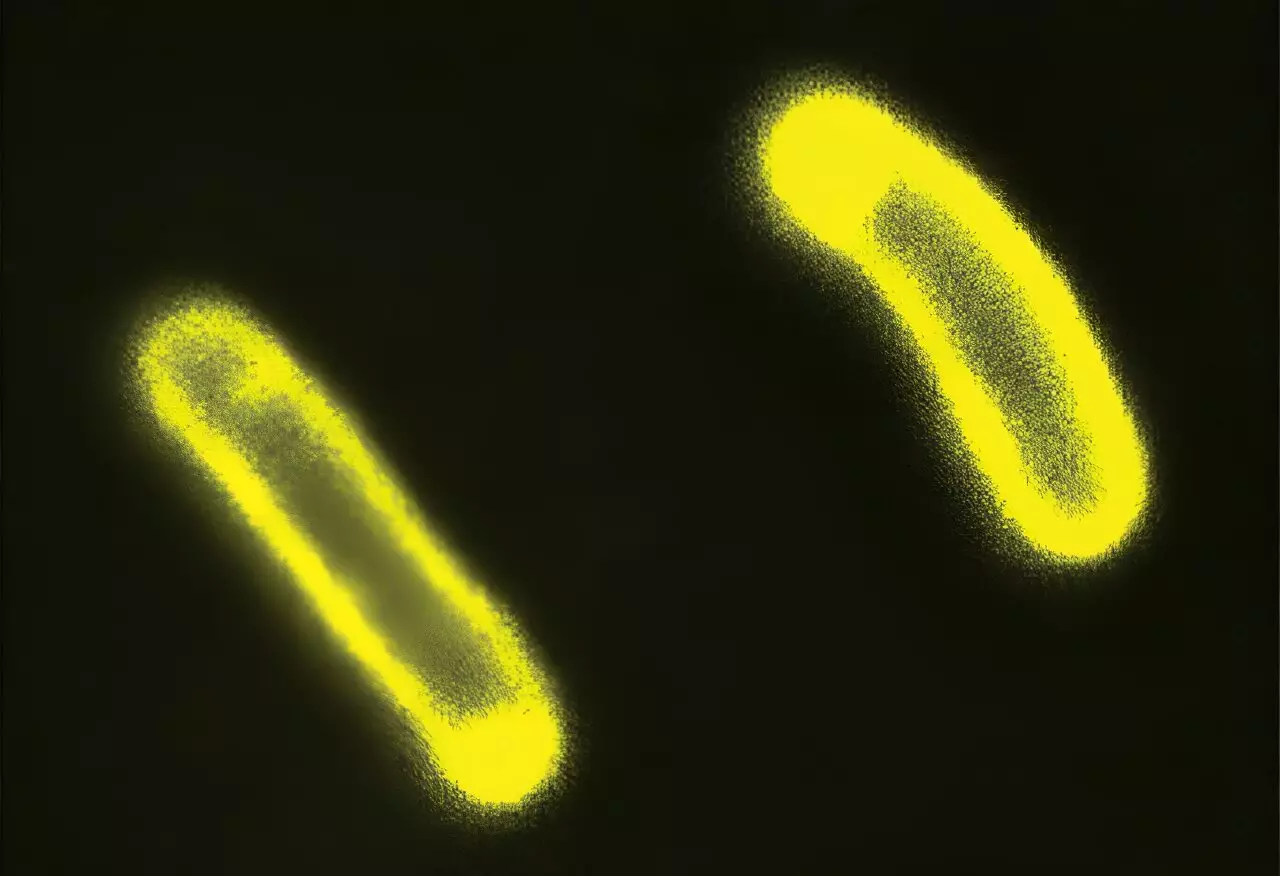In the realm of biological chemistry, traditional research has predominantly zoned in on well-established cellular components that are the cornerstone of life, such as proteins, genes, and signaling pathways. However, a fascinating area is beginning to emerge, stirring interest among scientists: biological condensates. These intriguing structures, which function similarly to oil droplets in water, form non-membrane-bound compartments within cells, presenting a novel perspective on cellular organization and activity. Recent studies are unveiling the potential of these condensates to enact far-reaching consequences on cellular processes, especially concerning how cells manage their internal electrochemical environment.
Biological condensates are molecular assemblies that can selectively trap various proteins and small molecules, effectively segregating them from the cytoplasm. This segregation may impede or enhance biochemical reactions, leading researchers to investigate their role in cellular behavior. The unique nature of these condensates arises from differences in density, allowing them to congregate in specific configurations without the need for membrane boundaries. Initial investigations have identified that these cellular “blobs” can alter the local environment and provide alternative energy sources for biological reactions. However, the broader implications of their influence remained largely uncharted until now.
A groundbreaking study, published on September 10 in the journal Cell, by researchers from both Duke University and Washington University in St. Louis, is significantly advancing our understanding of biological condensates. The findings indicate that these structures are not just local entities; rather, they profoundly influence cellular activities even at considerable distances from their formation site. The research posits that biological condensates function as a conduit through which cells modulate their electrochemical characteristics. Notably, these adjustments in internal electrochemistry have noticeable effects on the cellular membrane, subsequently affecting the organism’s response to external stimuli, such as antibiotic resistance.
Lingchong You, a distinguished professor at Duke, emphasized the implications of this research by likening the interactions of condensates to a “wireless connection.” Through this analogy, one can appreciate the subtle yet pervasive influence these molecular structures exert on cellular behavior, acting as silent players in the grand orchestra of biological function.
How do biological condensates achieve this seemingly miraculous reach? The study elaborates that as these condensates form, they absorb and retain an assortment of biomolecules, including ions. This process generates an ionic imbalance, leading to variations in the electrical charge of the cellular membrane. With these electrostatic changes, the condensates can affect the electrochemical conditions of the entire cell, highlighting their importance in maintaining an array of cellular activities.
As Yifan Dai, an assistant professor at Washington University, observes, even minimal distributions of these condensates can set off a cascade of changes, influencing broad cellular properties and functions. The implications of such findings are staggering, shifting the scientific narrative towards focusing on the global, rather than isolated, impacts of cellular structures.
One of the most intriguing aspects of this study is its exploration of how condensate formation affects bacterial resistance to antibiotics. The researchers manipulated E. coli bacteria to form internal condensates, and then they observed the resultant alterations in electrical charge across cellular membranes. As predicted, changes in charge correlated with variations in antibiotic susceptibility, underscoring the critical relationship between condensate formation and microbial resilience.
The fact that these condensates can render some bacteria more tolerant to certain antibiotics while increasing sensitivity to others opens exciting avenues for future research. This dynamic “tuning” of cellular response mechanisms may provide vital insights into combating antibiotic resistance – a pressing global public health issue.
Despite these promising revelations, researchers cautioned that this investigation represents merely the foundation of a much deeper investigation into the role of biological condensates in regulating cellular processes. The authors of the study anticipate myriad implications for how these structures manage and influence gene expression and other vital cellular functions.
As the study paves the way for a comprehensive understanding of biological condensates and their effects on cell physiology, the scientific community is left with a tantalizing prospect: what other mysteries might these unassuming droplets unveil in the complex web of life? This burgeoning field promises to challenge conventional thinking and might elucidate new therapeutic strategies that harness the power of biological condensates for medicine and biotechnology.
The exploration of biological condensates presents a pivotal shift in biological research, encouraging a broader understanding of cellular interactions and their implications for health and disease.


Leave a Reply